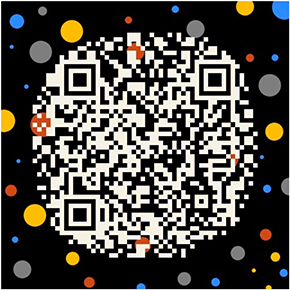英国教育学代写assignment 电子信息技术
Burgstahler(2003)指出三个例子的电子和信息技术以及如何有利于残疾学生在教育环境中,基于通用设计的概念:1)访问web页面,如较低的那些允许学生阅读技巧获取信息和与他人沟通;2)易访问的教学软件,例如让学生在课堂上肩并肩合作完成作业的程序;3)无障碍电话,使每个人都能无障碍地交流,无论他们有什么残疾。在许多情况下,技术可以在帮助残疾学生克服他们所面临的学业困难和帮助他们提高学业技能方面发挥重要和重要的作用。Cullen, Richards和Frank(2008)进行了一项研究,以确定计算机软件是否会帮助有残疾的学生提高他们的写作成绩。采用多基线设计对7名患有轻度残疾的五年级学生进行研究,分为三个阶段:基线、使用语音文字处理机进行干预、以及使用与语音文字处理机相结合的文字预测软件进行干预。在第一周(基线),学生们手写了所有的写作样本,没有任何调整;在接下来的三周(第一干预)中,学生们使用了Write:Outloud,一个会说话的文字处理器来处理所有的写作样本;在过去的三周(干预二)中,学生们使用了一个单词预测软件Co:Writer,同时对所有的写作样本使用了Write:Outloud。结果显示,在两个干预阶段中,七名学生中有五名学生的词汇量有所提高,而在两个干预阶段中,与基线阶段相比,其他两名学生的词汇量有所下降。这组平均数显示出单词的数量有了提高。在不同阶段,无论是单独的还是组内,拼错单词的数量都有所改善。总体而言,调查结果显示,这7名学生中的大多数都受到了积极的影响。
英国教育学代写assignment 电子信息技术
Burgstahler (2003) pointed out three examples of accessible electronic and information technology and how it can be beneficial for students with disabilities in educational settings, based on the concept of universal design: 1) Accessible web pages such as those that allow students with low reading skills to access information and communicate with others; 2) Accessible instructional software, such as programs that allow students to work side-by-side and collaborate with their peers to complete assignments in the classroom; 3) Accessible telephones that make communication accessible to everyone, whatever their disabilities.Technology could play an important and significant role, in many cases, in helping students with disabilities overcome the academic difficulties that they face and helping them to advance their academic skills as well. Cullen, Richards, and Frank (2008) conducted a study to determine whether computer software would help students with disabilities improve their performance in writing. A multiple baseline design was used to study seven fifth grade students with mild disabilities in three phases: baseline, intervention using a talking word processor, and intervention using word prediction software in conjunction with a talking word processor. In the first week (Baseline) students handwrote all writing samples with no accommodations; in the next three weeks (Intervention one) Students used Write:Outloud, a talking word processor for all writing samples; in the last three weeks (Intervention two) students used Co:Writer, a word prediction software, in conjunction with Write:Outloud for all writing samples. The results displayed that five students out of seven in the study improved the number of words produced in the two intervention phases, while the number of words produced decreased with the other two students in both intervention phases compared with the baseline phase. The group mean showed that there was an improvement in the number of words produced. There were improvements in the number of misspelled words across phases, both individually and in the group mean. Overall, the results showed that the impact on most of the seven students was positive.
本段内容来自网络 并不是我们的写手作品 请勿直接剽窃,查重100%,造成后果与本站无关。如需定制论文请记得联系我们。

